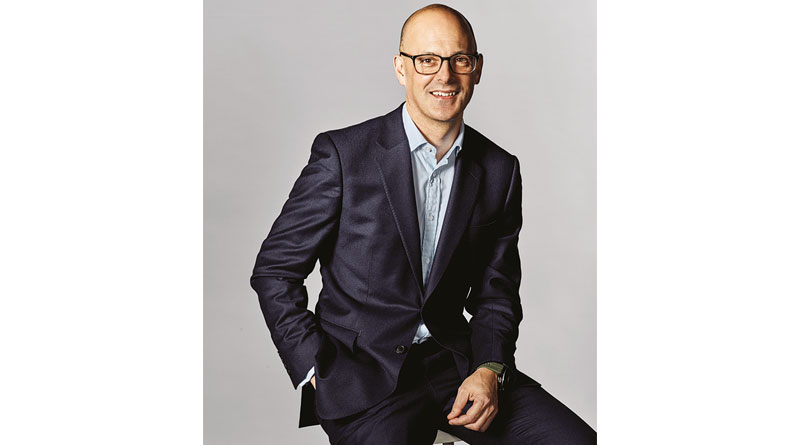The Challenges of Pioneering the UK’s First Net Zero Care Home
By Mike Toft, Head of Care Homes at Octopus Real Estate (https://octopus-realestate.com)
The real estate industry has a hugely important role to play in meeting the UK’s wider net zero targets in order to combat some of the impacts of global warming.
Around 80% of the buildings which will be around in 2050 have already been built, so there is a pressing need for us as an industry to take action within our own portfolios. But acting sustainably has its challenges.
Net zero pledge
In late 2021 we pledged that every new care home we build will be net zero by 2030, which means investing in technology and processes now to help us develop properties to meet this standard. But, just as importantly, we also want to improve our existing portfolio by retrofitting buildings in order to improve energy efficiency so that every care home we own will be net zero by 2040.
Doing this work on an operational care home means working out how to change the way energy is generated, for example, while maintaining the same standard of care for residents. It’s a fine balancing act, and at the moment we are concentrating on eradicating gas from the portfolio by changing traditional gas boilers for air source or ground source heat pumps and photovoltaic panels. We will be working closely with operators to minimise disruption to residents.
We’re also partnering with our energy business, Octopus Energy, to provide operators with a blueprint to transition to renewable energy generation on-site, making these changes as easy as possible for them to implement.
Green premium
All this sounds great on paper, but without a model in the sector to learn from or refer to, there are inevitably bumps along the road. As technology improves, we’re likely to see better ways of working, a wider choice of net zero and energy efficient materials, and the cost of making these improvements will decrease. At the moment though, we have limited options in terms of building material, and the cost pressures that come with going greener can be off-putting for some developers. We’re concentrating on easy wins, such as making sure the power coming into the homes is renewable generated, and we’re seeing increasing numbers of operators across the sector factoring this into their future plans.
The newer the care home is, the easier the retrofitting, but even so there simply isn’t a one-size-fits-all solution. Similarly, the potential to improve the construction of new care homes is huge. We’re currently developing what we believe to be the UK’s first net zero care home, and we want to assess every material we use, where we are sourcing it from, whether it has a recycled element, and its lifecycle carbon analysis.
We’ve determined that adopting more environmentally friendly materials will reduce the embodied carbon by approximately 30% when compared with traditional build methods. This includes those with higher recycled content, or those that allow more efficient build methods. There are also a number of design increments we can test to potentially reduce that further, for example increasing the use of timber and maximising the efficiency of the procurement process.
We’re utilising recycled steel frame construction, green walls, photovoltaic power and air source heat pumps, all whilst also reducing our reliance on concrete. The aim is that when we hand the care home over to an operator, it will be operational net zero from that point, protecting the operator from utility price volatility.
Thinking long term
All this is possible because we have control over the process and can design it from a blank piece of paper through to the finished building. Without that freedom, we would struggle to slot in green elements among the myriad other decisions that need to be made during the design and construction process. Our approach is evolving every day, but we’re determined to meet our targets and impart our learned wisdom in the future, for the sake of the sector and society at large.
We know that meeting these net zero targets will come at a cost, and that there may be lower returns for investors in the short term, so why are we pursuing this?
Firstly, because we think that in the long term, reducing our carbon footprint is absolutely the right thing to do in order to help protect the future of the planet. Secondly, because we think sustainability is increasingly important to investors, staff and residents. Finally, in the medium to long term, we believe that buildings constructed to higher environmental standards will be more valuable – which is something we are beginning to see now in how buildings are valued.
These net zero targets are at the forefront of what we do at Octopus; we want to reimagine real estate investment to benefit the generations to come, and we know that sustainability is going to be increasingly important to the care sector in the years ahead. We want to lead the charge in influencing this change.
We’re keen to make these decisions easy for operators; we are working alongside them to create greener care homes, with any barriers to adopting better energy sources removed. While that may save them some money on energy bills in the immediate future, ultimately we believe it is the right thing to do, and will attract residents who are increasingly alert to the pressures our world is under.

